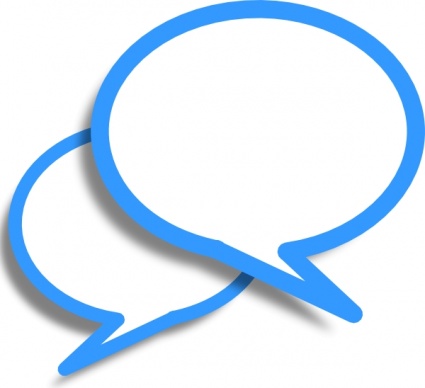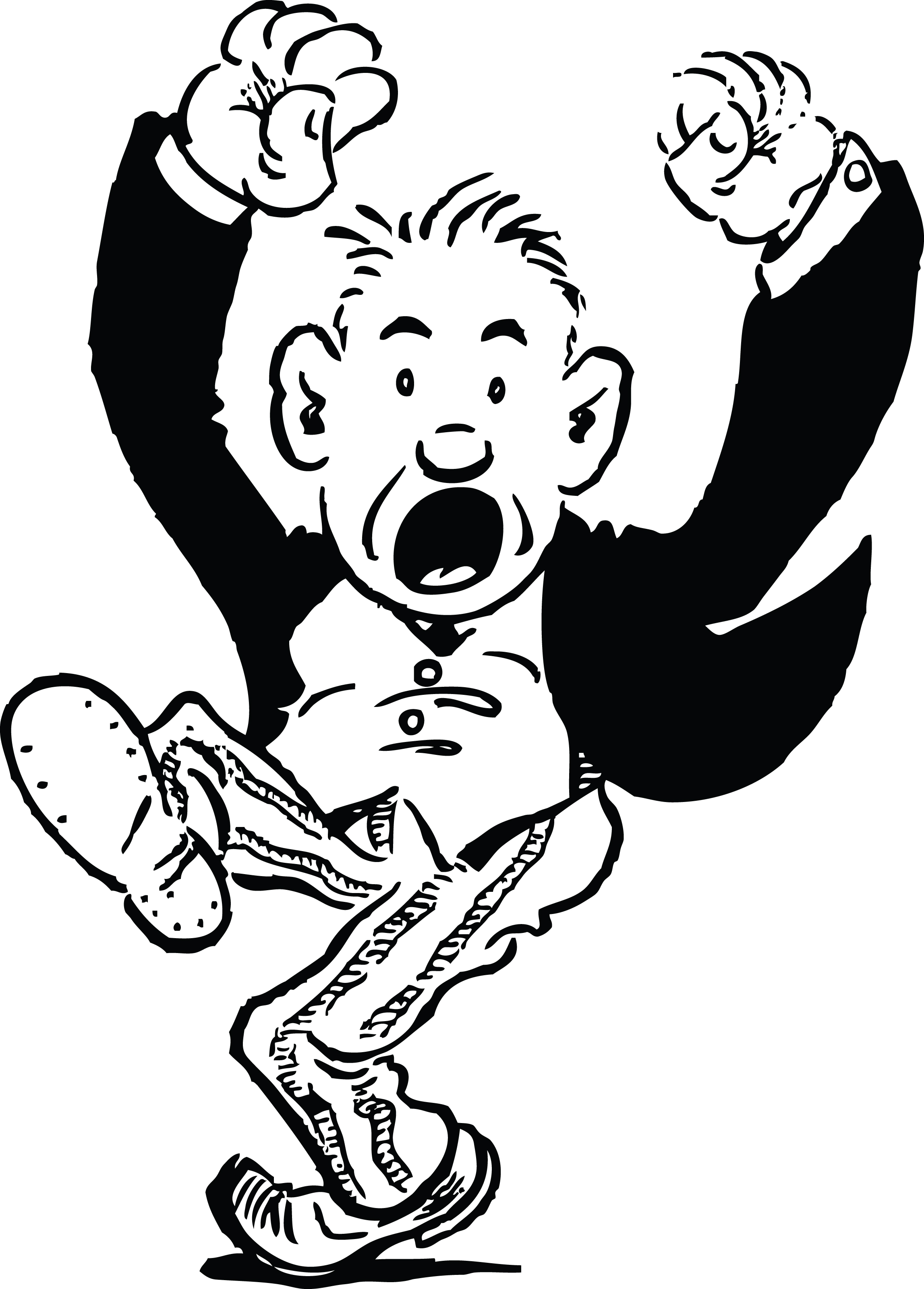The following are some activities that we can do in our classrooms for adults to learn the past simple through interaction. These activities have been retrieved from BusyTeacher.org
- 1
Charade Series
In an activity similar to charades, have your students describe the steps in a process after their classmate acts it out. Have one student pantomime an activity like brushing his teeth or writing and mailing a letter. Once the charade is over, have your students describe each step in the process using the simple past. - 2
Dear Diary
- 3
Accurate Endings
 Don’t skip pronunciation when you are working on the simple past. Though regular verbs will take the –ed ending to show they occurred in the past, -ed will not be pronounced the same for every word. Brainstorm a list of regular verbs and then have your students sort them into two groups. The past pronunciation of one group sounds like [d] and the other like [t]. Challenge your students to articulate the rule which determines which pronunciation to use.
Don’t skip pronunciation when you are working on the simple past. Though regular verbs will take the –ed ending to show they occurred in the past, -ed will not be pronounced the same for every word. Brainstorm a list of regular verbs and then have your students sort them into two groups. The past pronunciation of one group sounds like [d] and the other like [t]. Challenge your students to articulate the rule which determines which pronunciation to use. - 4
 PreparationsHave groups of students talk about a significant accomplishment in their lives. After sharing the accomplishment, ask each person to describe what she did leading up to the event. For example, if she graduated college, she studied, took the appropriate classes and filled out her school’s paperwork.
PreparationsHave groups of students talk about a significant accomplishment in their lives. After sharing the accomplishment, ask each person to describe what she did leading up to the event. For example, if she graduated college, she studied, took the appropriate classes and filled out her school’s paperwork. - 5
 Double Duty ReviewHow much do your students remember from class yesterday? Find out by asking them to tell you what you did in class yesterday using the simple past. If the majority of your class travelled overseas to study English, have them share what they did before they came to the U.S.
Double Duty ReviewHow much do your students remember from class yesterday? Find out by asking them to tell you what you did in class yesterday using the simple past. If the majority of your class travelled overseas to study English, have them share what they did before they came to the U.S. - 6
Good and Bad Days
Have pairs of students ask each other questions and give answers about a day in the past. For example, one student might ask, “Did you spill your coffee yesterday?” The other would answer, “No, I didn’t spill my coffee yesterday.” This is a great way to practice questions and negative use of the simple past. - 7
Get Out and About

Take a short walk outside your school, and have students take notes on what they observe. When you come back to the classroom, have your students share what they experienced on the walk using the simple past.
REFERENCE:
BusyTeacher. Retrieved on November 6, 2015 from http://busyteacher.org/13649-teaching-simple-past-7-simple-activities.html
Why this resource is appropriate for adults:
These activities are great for adults because they can put into practice the simple past through interaction and engagement. Adults learn from interacting with the peers, working in pairs and groups, and they are not going to be boring as often happens with this topic. They have the opportunity to act out! Something that enhances language learning and motivates learners. They also will receive feedback from the teacher and peers regarding the pronunciation and sentence structure as well. Obviously those activities are to be performed in a classroom in the practice or production stage.















